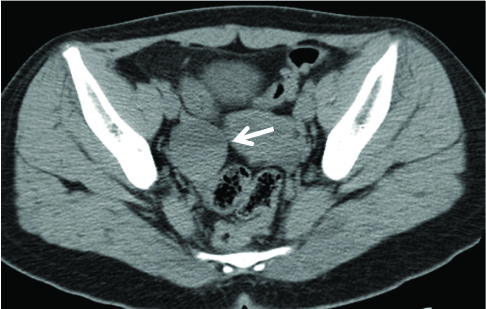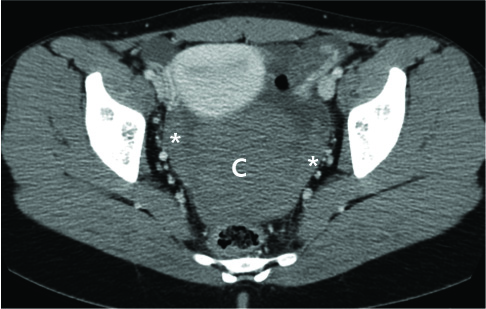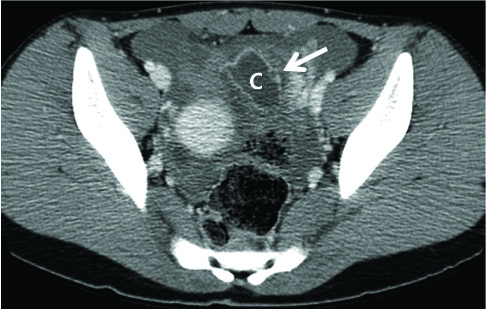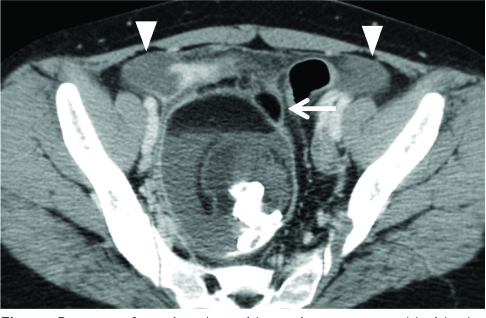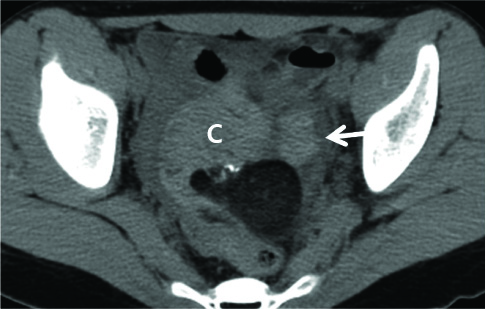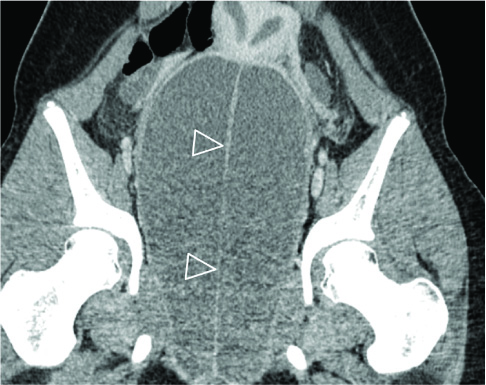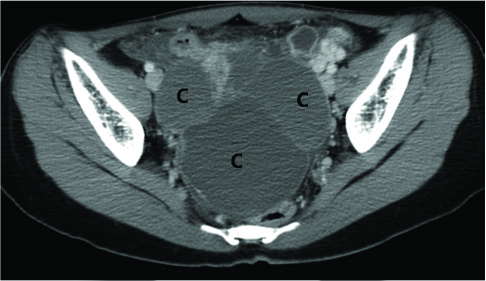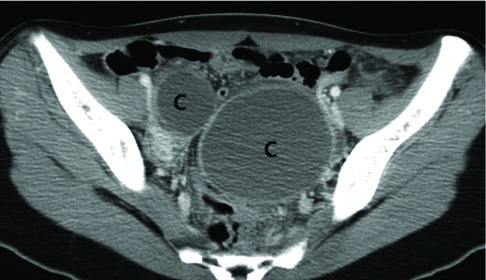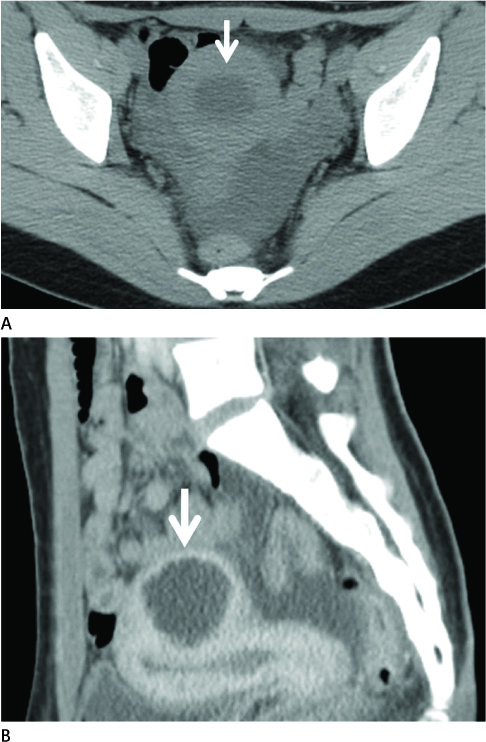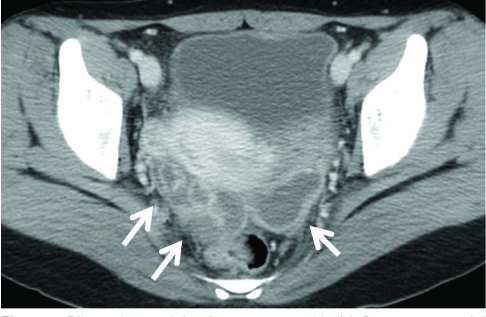J Korean Soc Radiol.
2012 Sep;67(3):195-204. 10.3348/jksr.2012.67.3.195.
Acute Gynecologic Disorders in Adolescents: CT Findings
- Affiliations
-
- 1Department of Radiology, Soonchunhyang University Cheonan Hospital, Soonchunhyang University College of Medicine, Cheonan, Korea. ytokim@schmc.ac.kr
- KMID: 2097971
- DOI: http://doi.org/10.3348/jksr.2012.67.3.195
Abstract
- Gynecologic disorders that cause pelvic pain in adolescents include hemorrhagic ovarian cysts, rupture or torsion of ovarian cyst or tumors, hematocolpos caused by vaginal obstruction, endometriosis, cystic uterine adenomyosis, pelvic inflammatory diseases, and pelvic inclusion cyst. The use of CT for the evaluation of pelvic pain is increasing, and CT is useful if ultrasound findings are not decisive and the lesion is extensive.
MeSH Terms
Figure
Reference
-
1. Garel L, Dubois J, Grignon A, Filiatrault D, Van Vliet G. US of the pediatric female pelvis: a clinical perspective. Radiographics. 2001; 21:1393–1407.2. Potter AW, Chandrasekhar CA. US and CT evaluation of acute pelvic pain of gynecologic origin in nonpregnant premenopausal patients. Radiographics. 2008; 28:1645–1659.3. Bennett GL, Slywotzky CM, Giovanniello G. Gynecologic causes of acute pelvic pain: spectrum of CT findings. Radiographics. 2002; 22:785–801.4. Choi HJ, Kim SH, Kim SH, Kim HC, Park CM, Lee HJ, et al. Ruptured corpus luteal cyst: CT findings. Korean J Radiol. 2003; 4:42–45.5. Rha SE, Byun JY, Jung SE, Jung JI, Choi BG, Kim BS, et al. CT and MR imaging features of adnexal torsion. Radiographics. 2002; 22:283–294.6. Stark JE, Siegel MJ. Ovarian torsion in prepubertal and pubertal girls: sonographic findings. AJR Am J Roentgenol. 1994; 163:1479–1482.7. Okada T, Yoshida H, Matsunaga T, Kouchi K, Ohtsuka Y, Takano H, et al. Paraovarian cyst with torsion in children. J Pediatr Surg. 2002; 37:937–940.8. Junqueira BL, Allen LM, Spitzer RF, Lucco KL, Babyn PS, Doria AS. Müllerian duct anomalies and mimics in children and adolescents: correlative intraoperative assessment with clinical imaging. Radiographics. 2009; 29:1085–1103.9. Emmert C, Romann D, Riedel HH. Endometriosis diagnosed by laparoscopy in adolescent girls. Arch Gynecol Obstet. 1998; 261:89–93.10. Ho ML, Raptis C, Hulett R, McAlister WH, Moran K, Bhalla S. Adenomyotic cyst of the uterus in an adolescent. Pediatr Radiol. 2008; 38:1239–1242.

